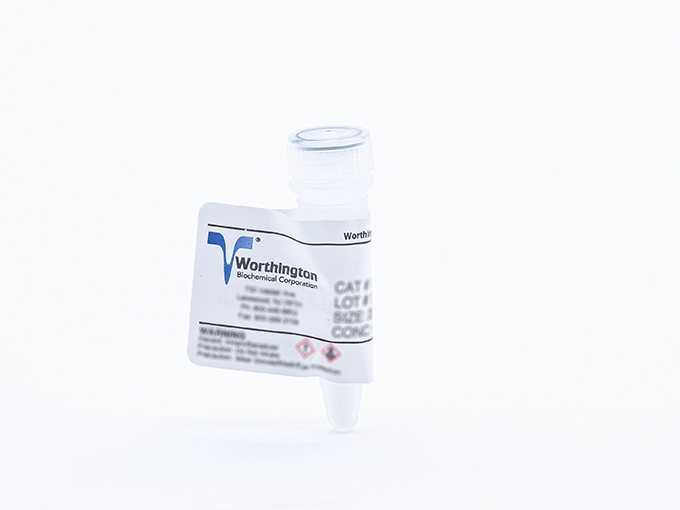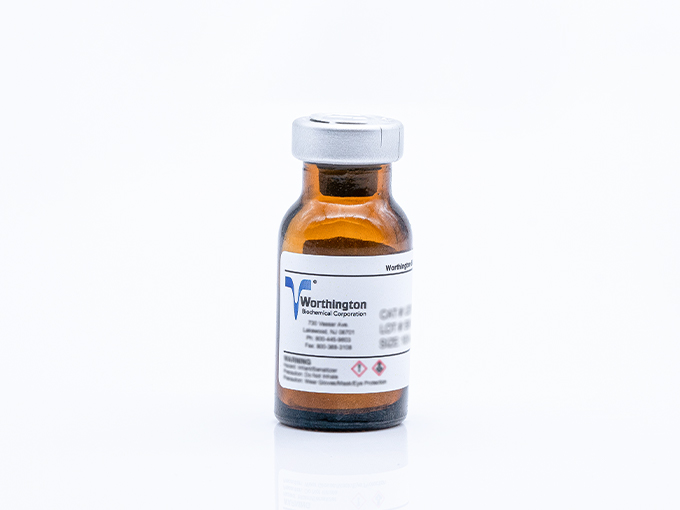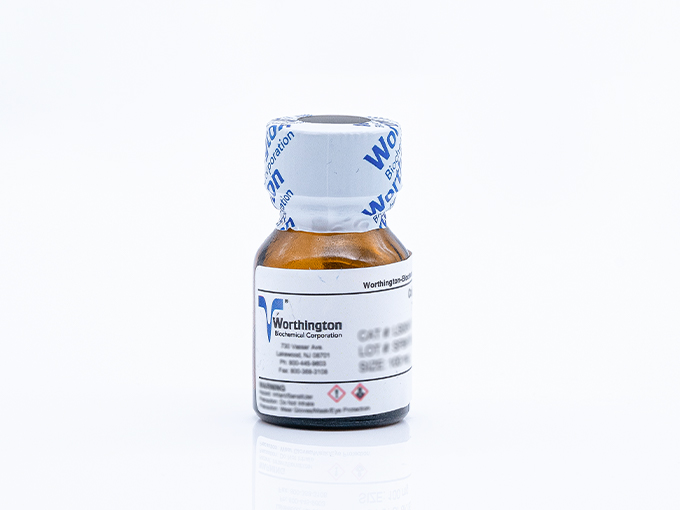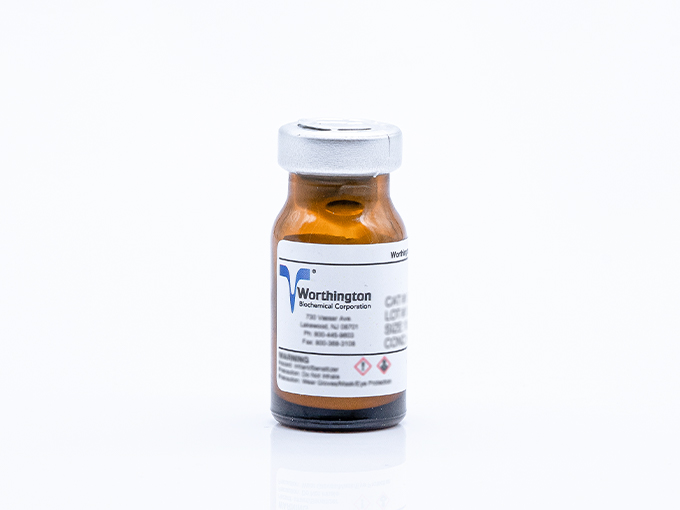Elastase & Hyaluronidase
Elastase & Hyaluronidase – the specialists for particular tissues
Both Elastases and Hyaluronidases help break down major components of the extracellular matrix (ECM), with elastases specifically targeting elastin fibres and hyaluronidases degrading hyaluronic acid. Tissues rich in elastin or hyaluronic acid can be effectively digested using the corresponding enzyme. This targeted approach ensures efficient breakdown of the tissue matrix, enabling the isolation of cells or extraction of specific components.
Elastase
Pancreatic Elastase are a type of serine protease which hydrolyses a wide variety of protein substrates and displays esterase and amidase activity. Nevertheless, Elastases possess a unique ability among proteases to digest native elastin, a substrate untouched by trypsin, chymotrypsin, or pepsin.
Given that elastin predominates in elastic fibres within connective tissues such as skin, blood vessels, and lungs, Elastase finds significant application in dissociating tissues with extensive intercellular fibre networks. Typically, it is used in combination with other enzymes like collagenase, trypsin, and chymotrypsin. As such, Elastase stands as the enzyme of choice for isolating Type II cells from the lung.
The Soybean Trypsin Inhibitor suppresses the proteolytic but not elastolytic activity of Elastase. The Soybean Trypsin Inhibitor is animal free.
Hyaluronidase
Hyaluronidase, a hydrolase, is an enzyme that catalyses the degradation of hyaluronic acid, a key component of the extracellular matrix in connective tissues and synovial fluid in joints.
In medicine, Hyaluronidases are sometimes used as adjuvants to enhance the absorption and dispersion of drugs injected into the body, as they can temporarily increase tissue permeability.
Hyaluronidase treatment can improve the penetration of other enzymes used in tissue dissociation protocols, such as collagenase and trypsin. By breaking down the hyaluronic acid-rich ECM, Hyaluronidase facilitates the access of these enzymes to their respective substrates, thereby increasing the efficiency of tissue dissociation.
-
Hyaluronidase, Purified - HSEP (30 ku)
Cat.-Nr: LS005474
Testicular hyaluronidase is a glycoprotein containing 5% mannose and 2.7% glucosamine. Optimum pH range is 4.5–6.0. The enzyme catalyzes the... Read More
-
Elastase - ESL (1 g)
Cat.-Nr: LS002294
2X Crystallized, (Code: ESL), supplied as a dialyzed, lyophilized powder. The enzyme should be 0.22 micron filtered after reconstitution and prior to... Read More
-
Elastase - ESL (100 mg)
Cat.-Nr: LS002292
This Elastase is prepared from porcine pancreas. It is extensively used in tissue and cell dissociation procedures. Elastase is effective in the... Read More
-
Elastase - ESL (25 mg)
Cat.-Nr: LS002290
2X Crystallized, (Code: ESL), supplied as a dialyzed, lyophilized powder. The enzyme should be 0.22 micron filtered after reconstitution and prior to... Read More
-
Elastase Suspension - ES (1 g)
Cat.-Nr: LS002280
2X crystallized. Supplied as an aqueous suspension. This preparation must be diluted to dissolve the enzyme. The diluted enzyme should be 0.22 micron... Read More
-
Elastase Suspension - ES (100 mg)
Cat.-Nr: LS002279
2X crystallized. Supplied as an aqueous suspension. This preparation must be diluted to dissolve the enzyme. The diluted enzyme should be 0.22 micron... Read More
-
Elastase Suspension - ES (25 mg)
Cat.-Nr: LS002274
2X crystallized. Supplied as an aqueous suspension. This preparation must be diluted to dissolve the enzyme. The diluted enzyme should be 0.22 micron... Read More
-
Elastase, Purified - ESFF (20 mg)
Cat.-Nr: LS006365
Chromatographically purified. A lyophilized powder.
-
Elastase, Purified - ESFF (5 mg)
Cat.-Nr: LS006363
Chromatographically purified. A lyophilized powder.
-
Hyaluronidase - HSE (300 ku)
Cat.-Nr: LS002592
Testicular hyaluronidase is a glycoprotein containing 5% mannose and 2.7% glucosamine. Optimum pH range is 4.5–6.0. The enzyme catalyzes the... Read More
-
Hyaluronidase, Purified - HSEP (15 ku)
Cat.-Nr: LS005475
Chromatographically purified. A dialyzed, lyophilized powder.
-
Hyaluronidase, Purified - HSEP (5 ku)
Cat.-Nr: LS005477
Chromatographically purified. A dialyzed, lyophilized powder.




